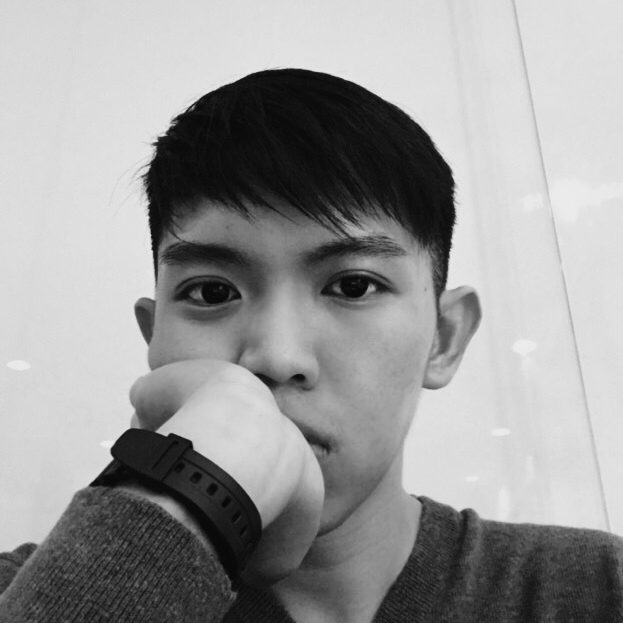About Sutthirat Supaparinya (สุทธิรัตน์ ศุภปริญญา)
Sutthirat Supaparinya is a Chiang Mai-based visual artist whose works in a wide variety of mediums encompassing installation, photography, video, sculpture and writing. Through her work she questions the interpretation of images, text and sound in the media, using simple everyday images to explore larger issues. Her recent projects focus on the impact of industrial activities on other humans and the landscape. Sutthirat is also seeking to cultivate a freedom of expression through her art practice.
Sylvester Tan
Preliminary Reading
The video started off with rural landscape of Makara, New Zealand, mainly capture the movement of objects due to the gust of wind. Few words to describe my initial impression of this piece were “Tranquil”, “Imperturbable” and “Calm”. There was no sound of wind, but it was replaced by the sound of Electromagnetic Field. The sound of electromagnetic fields layered over the images created the unexpected, making the whole viewing experience kinda unsettling.
Secondary Reading
The use of electromagnetic field was probably inspired by the “noise pollution” cited by some the residents. The artist is known for using simple everyday images to explore larger issues such as the impact of industrial activities on other humans and the landscape. Hence, I personally feel that the artist wanted to create an experience for the audience, as if they were physically in Makara to experience the combination of the beautiful landscape with eerie man-made sound. The artist wanted to make a statement on how man-made object such as the wind turbines that help to generate electricity for the people, could possibly make a negative impact on the environment and the residents living there.
At the right corner of where the audience were sitting at, an old-fashion TV was placed on top of a pile of wood while it was playing a video of seagulls flying all over. The artist probably wanted to make a statement on how people has long chosen technology over nature (TV on top on a pile of wood), and they rather watch the seagulls from the television (electricity is required for the TV) than actually watching them with their own eyes.
Perhaps, the artist wanted to question the audience: “Is this what you want to hear/experience while watching the beautiful landscape of Makara?” “Have we all subconsciously chosen man-made energy and technology over nature?”
Cheok Bao Le
Preliminary Reading
Initially, when one sits down to view the video, it’s the odd sounds of electrostatic sound waves matching up with the motions of “wind” being captured in the video that confuses me. Calming scenery and some weird sounds that match up. To add, the vintage TV that greets me the second I enter the room also doesn’t spark much interest as it showcases a seagull (?) flying thro while the TV sits on top of a pile of wood.
Secondary Reading
As i sat and listened and watched, the sounds and graphics combined began to have an unsettling effect on me. Uncomfortable with the feeling of seeing invisible motions of this natural force “wind” but never actually hearing the flapping or beating of it against something is really weird. Captured is also pretty things, the rainbow wind catcher(?), simple things, sheep grazing as the gentle wind lands on them or merely humans gazing afar as the wind from shore hits them. It prompted me to feel as though we humans are using every method to gain energy, even if it means using something as pure and nature as mother nature’s wind. As if we are tainting earth with our never ending desires as we sought for alternatives to feed it. So is wind energy truly that great… It would still impact the earth regardless as we tap into this “renewable energy” that holds ” invisible discomfort” as well.
As noted in her bibliography on her website, Sutthirat often uses sound, imagery and text (using simpler everyday things) to evoke us to think about larger than life issues. I think she has been successful in promoting awareness in important matters that we usually never stop to take second glance at.
Filzah Binte Shafiee
Preliminary Reading
The artist illustrated wind through the choice of subject matter. The impact of wind can be seen can be seen through the crashing waves and how the flowers are moving according to the direction of the wind. The landscapes that are shown are very calm but the sound that accompanies them make the entire film very unsettling. This technique is called non-diegetic where whatever you hear from the film would be opposite of the images shown on the screen.
Secondary Reading
Sutthirat Supaparinya is a Chiang Mai-based visual artist whose work includes video and photography. She explores large problems using simple everyday subject matter. There is a recurring theme of the impact of industrial activities on other humans and the landscape. There is a sense of contrast between the uncomfortable sound and the serene images. This feeling of discomfort causes viewers to question the impact of man made machines and industrialisation on nature. This brings across her intention to bring about the awareness of environmental problems.
